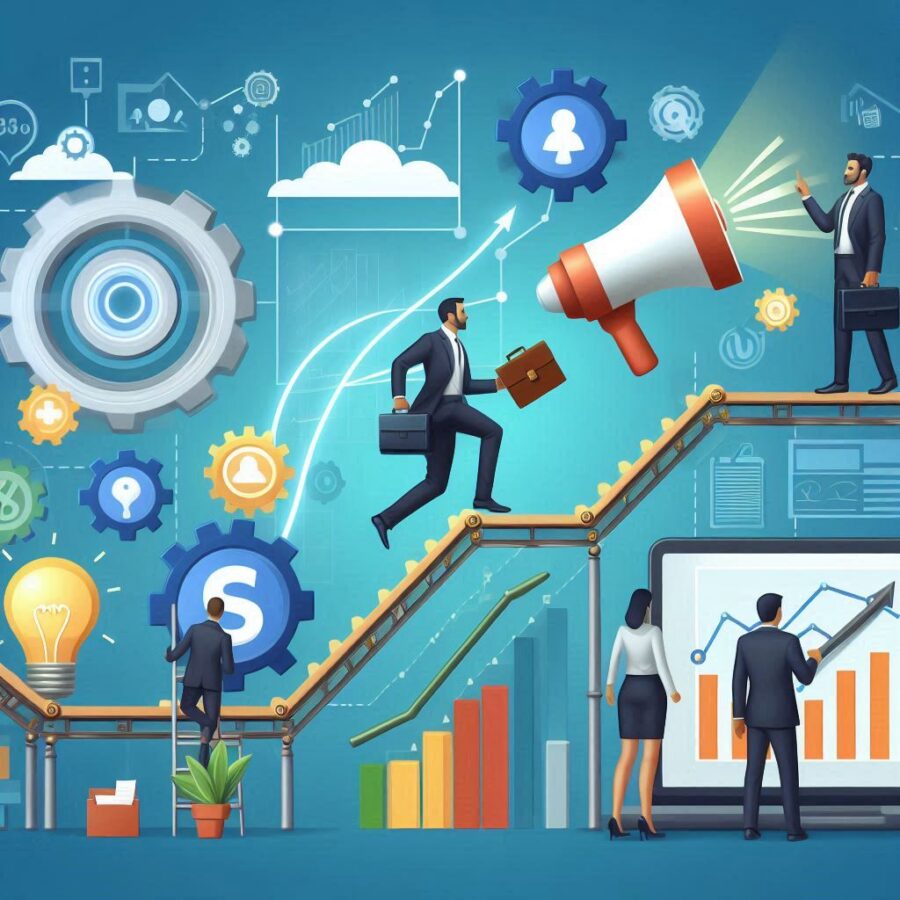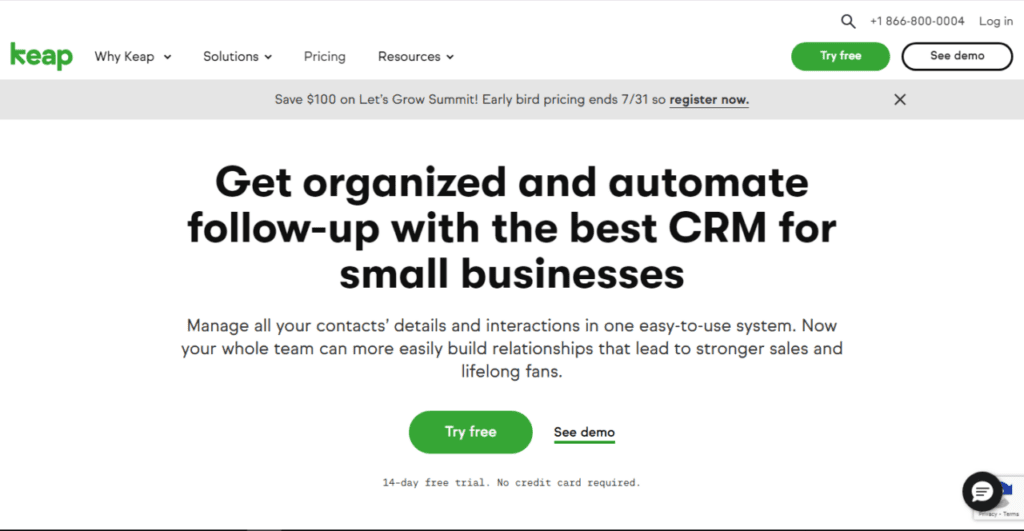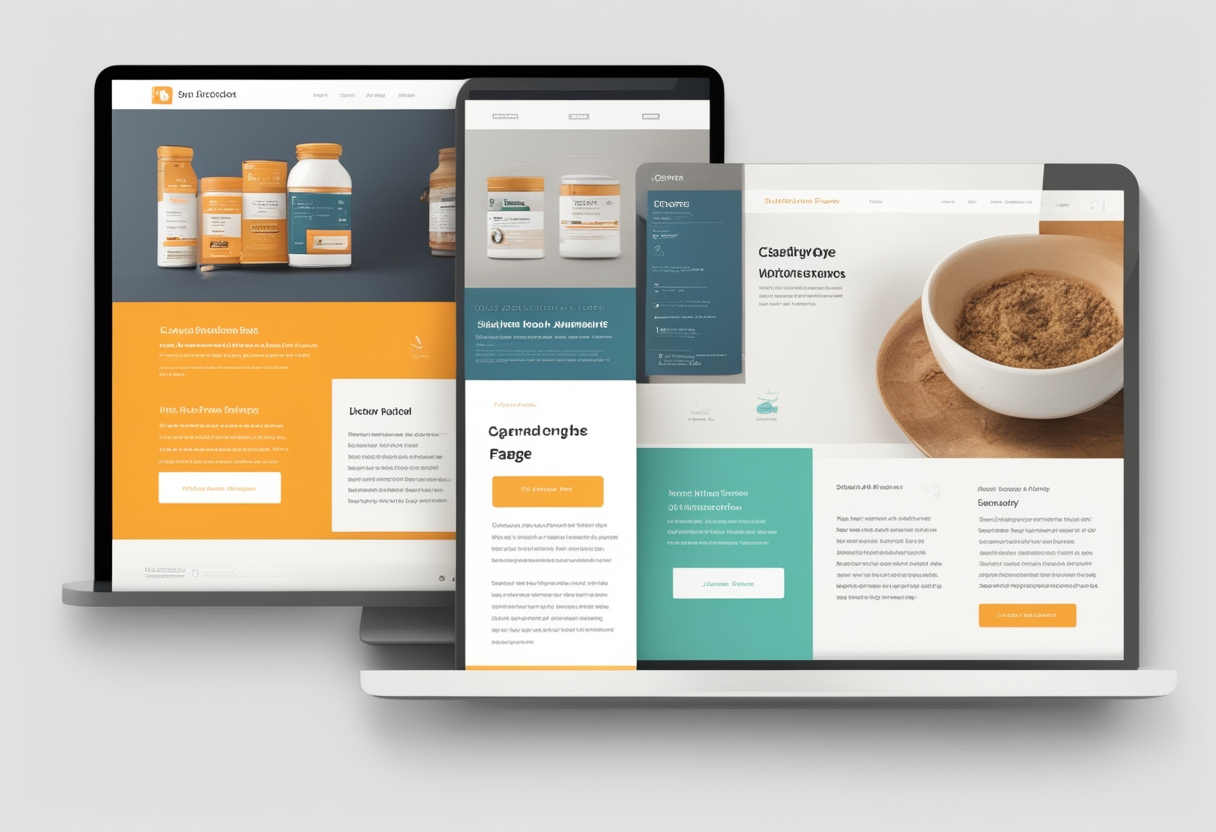How to Identify and Fix Growth Gaps in Your Business: A Practical Guide
Jina
on
November 8, 2024
How to Identify and Fix Growth Gaps in Your Business: A Practical Guide
- Jina
- November 8, 2024
- 4:00 am

Ever feel like your business is running on a treadmill? You’re working harder than ever, but the growth needle isn’t moving as fast as you’d like. If this sounds familiar, you’re likely dealing with growth gaps — and you’re not alone. Effective business growth requires more than just hard work; it needs strategic planning. Let’s cut through the noise and talk about practical ways to identify and fix these gaps, especially through smart marketing automation.
Understanding Growth Gaps
Think of growth gaps as the distance between where your business is now and where it could be. Effective business growth requires systematic growth planning and regular business analysis to identify these gaps. It’s not just about revenue — it’s about untapped potential in your operations, marketing, and sales processes. Many businesses struggle to develop growth strategies that address these gaps comprehensively.
The Most Common Growth Gaps in Small Businesses
Before diving into growth strategies, let’s identify what might be holding your business back:
1. Manual Task Overload
– Hours spent on repetitive customer communications
– Manual data entry across multiple systems
– Time-consuming lead qualification process
– Inconsistent follow-up processes
2. Disconnected Marketing Efforts
– Scattered customer data across different platforms
– Inconsistent messaging across channels
– Difficulty tracking customer interactions
– Poor visibility into marketing performance
3. Lead Management Challenges
– Delayed response to new leads
– Inconsistent lead scoring
– Lost opportunities due to poor tracking
– Inability to scale personalized communications
4. Customer Experience Gaps
– Inconsistent customer onboarding
– Lack of systematic follow-up
– Missing opportunities for upsells
– Poor customer retention processes
How to Conduct a Growth Gap Analysis
A thorough growth gap analysis is crucial for developing effective growth strategies. Successful business growth stems from understanding where you are and where you want to go. Here’s a no-fluff approach:
Start with our C3 Quiz – Your First Step to Strategic Growth
Before diving into metrics, take advantage of our C3 Quiz – a powerful diagnostic tool designed to streamline your growth gap analysis. This interactive assessment, built on our proven C3 Growth Framework that has helped over 5,000 businesses, evaluates your current business position and identifies specific growth opportunities.
Here’s how the C3 Quiz enhances your growth planning:
- Comprehensive Analysis
– Evaluates key areas of your business operations
– Identifies specific automation opportunities
– Highlights potential revenue leaks in your current processes - Customized Growth Roadmap
– Receives personalized recommendations based on your responses
– Provides actionable strategies tailored to your business
– Prioritizes improvements for maximum impact - Strategic Implementation Guide
– Outlines specific steps to bridge identified growth gaps
– Suggests relevant marketing automation solutions
– Helps create a timeline for implementing growth strategies
The quiz takes just a few minutes but provides invaluable insights for your business analysis. It’s the same framework we cover in our live training webinar, but packaged as an immediate action tool you can use today.
Track your key metrics:
– Lead generation rate
– Lead-to-customer conversion rate
– Average response time
– Customer lifetime value
– Churn rate
Proper business analysis of these metrics helps identify patterns and opportunities for implementing targeted growth strategies.
Map your processes by documenting your current marketing and sales workflows. Where do things slow down? Where do leads typically drop off? Most importantly, analyze your customer feedback – especially from those who’ve left. Their insights are invaluable for improvement.
How To Overcome Growth Gaps in Your Business
Every business has unique challenges, but there are proven approaches to overcoming growth gaps in your businesses. This is where marketing automation becomes your secret weapon. Modern growth planning must incorporate automation to scale effectively. Here’s how it can transform your business:
Lead Capture and Nurturing
When leads come in, it’s crucial to engage them immediately with relevant content. Imagine having a system that automatically sends personalized emails and follow-ups based on their interests and actions. This not only saves time but ensures that no lead is left unattended, increasing the chances of conversion without the constant manual effort.
Sales Pipeline Automation
Managing a sales pipeline can be overwhelming, especially when juggling multiple leads. Think about how much easier it would be if tasks like follow-ups and deal progression were automated. This way, your sales team can focus on building relationships and closing deals, knowing that the system is handling the routine tasks efficiently.
Customer Journey Optimization
Creating a seamless customer journey is key to retaining clients. Picture a scenario where each customer receives timely, personalized communications based on their behavior and preferences. Automated systems can help achieve this, ensuring that every interaction feels tailored and meaningful, which can significantly boost customer satisfaction and loyalty.
Real-World Success Stories
Here’s how different businesses transformed their operations through our marketing automation solutions and strategic growth planning:
- Healthcare & Wellness Practice:
Carla Matias, a Licensed Professional Counselor, transformed her practice management through automation. By implementing smart client management systems, she maintained personal connections while scaling her practice efficiently. - Education Sector:
Dwight Amstutz revolutionized his post-graduate programs with automated enrollment workflows. The result? Streamlined operations and enhanced student engagement throughout the program journey. - Professional Services:
Phil Symchych took his business coaching to the next level with automated client systems. This allowed him to maintain high-touch service while serving more clients effectively. - Home Services:
Jeffrey Marquie’s cleaning service achieved new heights of efficiency through automated booking and customer communication systems, dramatically improving customer satisfaction. - Technology Sector:
Gillian Palomo’s IT firm leveraged integrated CRM and project automation tools to streamline operations and enhance project delivery timelines.
Each of these success stories started with a comprehensive growth gap analysis and resulted in sustainable business growth.
Implementation Guide: Where to Start
Before implementing any growth strategies, conduct a thorough business analysis to understand your starting point:
- Begin With Quick Wins
– Set up automated welcome emails
– Create basic lead scoring
– Implement follow-up sequences - Build Your Long-term Strategy
– Map out your ideal customer journey– Design automated workflows for each stage
– Plan integration with existing systems - Measure and Optimize
– Track key performance indicators
– A/B test your automated sequences
– Regular review and refinement
Taking Action
Growth gaps don’t fix themselves, but with proper growth planning and the right marketing automation tools, they’re not as daunting as they might seem. The key is to start with a clear business analysis and implement automated solutions that scale your efforts without scaling your workload.
Ready to accelerate your business growth? At Automation.Agency, we specialize in creating customized marketing funnels that automate your growth processes. Our growth strategies are tailored to your specific business needs, helping you capture, nurture, and convert leads automatically.
Don’t let manual processes hold your business back. Schedule a consultation with us to discover how we can help you implement these strategies and create a customized automation solution that drives real results for your business.
About Automation Agency:
Automation Agency is a renowned marketing agency that assists small businesses in boosting lead generation, client conversion and fostering a solid fan base. They achieve this by harnessing the power of their proven and tested C3 Growth Framework. Founded by the dynamic couple Jason and Therese Benedict, Automation Agency offers various services. To learn more about how they can drive your business growth, contact a Keap Marketing Automation Expert. You can reach them by calling or texting 602.900.9345 or visiting their website at https://automation.agency/

























